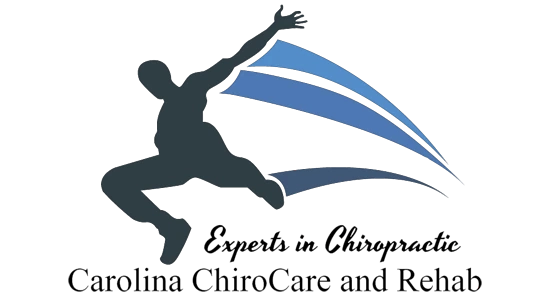HEADACHE RELIEF TREATMENTS: SOME INTERESTING FACTS:

Did you know that headache treatment is one of the top reasons for visits to chiropractic offices around the country?
Patients suffering from headaches often have associated neck pain, upper back pain, tension, tightness, and dysfunction.
Often times, this pain and dysfunction originates from dysfunctions in the spine and causes a cervicogenic headache, or "tension headache"
Some common symptoms of tension headaches include - Head or face pain which can be unilateral or bilateral and located at the base of the skull or around the eyes
- Associated neck pain, tension, stiffness, soreness, pressure
- Throbbing, dull, constant pain
- Pain and stiffness turning the neck, looking up or down
- Head pain made worse with added pressure, such as sneezing or coughing
- Pain that can last for hours or even days or that comes with sitting in the same position for several hours a day
- Pain around the eyes
- Tension, pain, spasms or pins and needles in upper back, shoulders, arms, or hands
- Feeling lightheaded
- Nausea
From a clinical perspective, it is important to note that there is a relationship between chronic tension headaches, and depression.
Some common causes of cervicogenic, or tension headache
- Irritated, tight inflamed neck muscles
- Injuries or inflammation in the discs in the neck
- Old or new whiplash injuries, usually from car accidents or sports injuries
- Forward head posture (the act of holding head out in front of you) or when your head juts too far over the shoulders
- Working at a computer all-day
- Bad posture
Factors that may cause an increased risk of developing cervicogenic headaches
In many cases, cervicogenic headaches can be prevented. There are risk factors to watch out for in order to avoid such pain. Some of those risk factors are outlined below.
- Smoking - this can increase disc degeneration
- Age - natural wear and tear can cause disc problems
- Occupation - sitting for long periods of time, working in construction, or commercial fishing.
- Sports - professional sports with high impact
- Sleep - lack of sleep
- Lack of exercise - poor physical condition leads to weak muscles
- Poor nutrition - can lead to fractures
It is important to take note that oftentimes tension headaches come from tiny misalignments in the vertebrae of the spine, usually the cervical and thoracic spine. Chiropractors specialize and are trained to evaluate and treat their patients for these vertebral joint dysfunctions that may be the root cause of cervicogenic, or tension headaches.
Vertebrae in the spine are surrounded by sensitive nerves, connective tissue, muscles, and ligaments. These tissues contain highly sensitive nerves and pain fibers. When the vertebrae misalign it causes irritation, excess tension, and inflammation in these surrounding nerves, connective tissues, muscles, and ligaments. The pain and dysfunction are then referred to as the head or face. This is called referred pain.
Yes, the body can have an injury or dysfunction in one region that causes pain in a totally separate region of the body. You have heard of someone having shoulder, arm, or jaw pain but no chest pain when they are experiencing early symptoms of a heart attack. The same referral mechanism is responsible for inflammation and dysfunction of the vertebrae in the spine, causing tension headaches.
Chiropractors specialize in treating tension headaches of the spine through spinal adjustments, physical therapies and by teaching corrective and preventative measures like helping their patients correct their workstations or underlying postural problems that are causing the headaches and dysfunction in the first place.
In health,
Dr. Jeffrey Gerdes D.C.
OFFICE HOURS
Monday
9:00am - 6:00pm
Tuesday
9:00am - 6:00pm
Wednesday
9:00am - 6:00pm
Thursday
9:00am - 6:00pm
Friday
10:00am - 4:00pm
Saturday & Sunday
Closed
Carolina ChiroCare and Rehab


